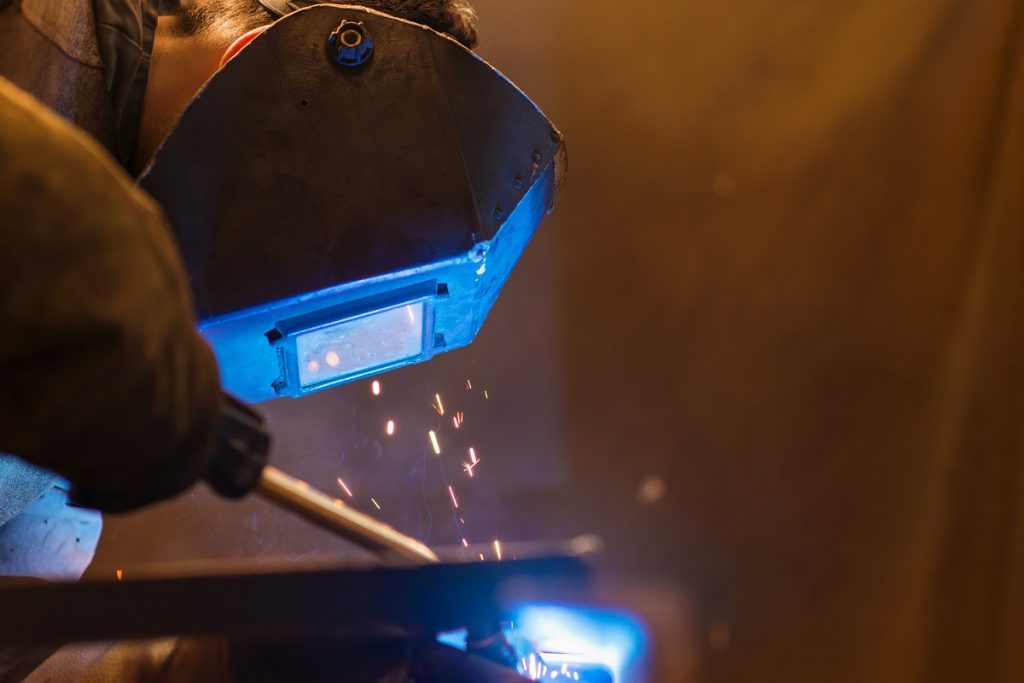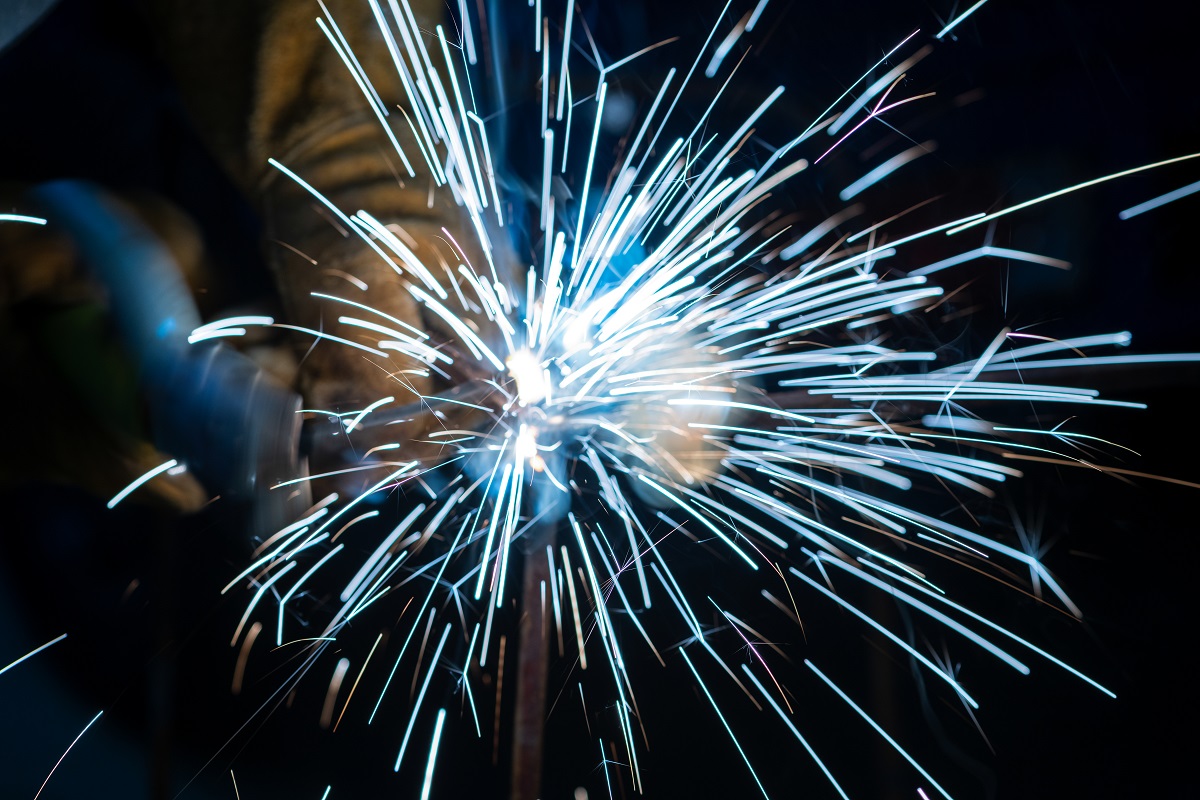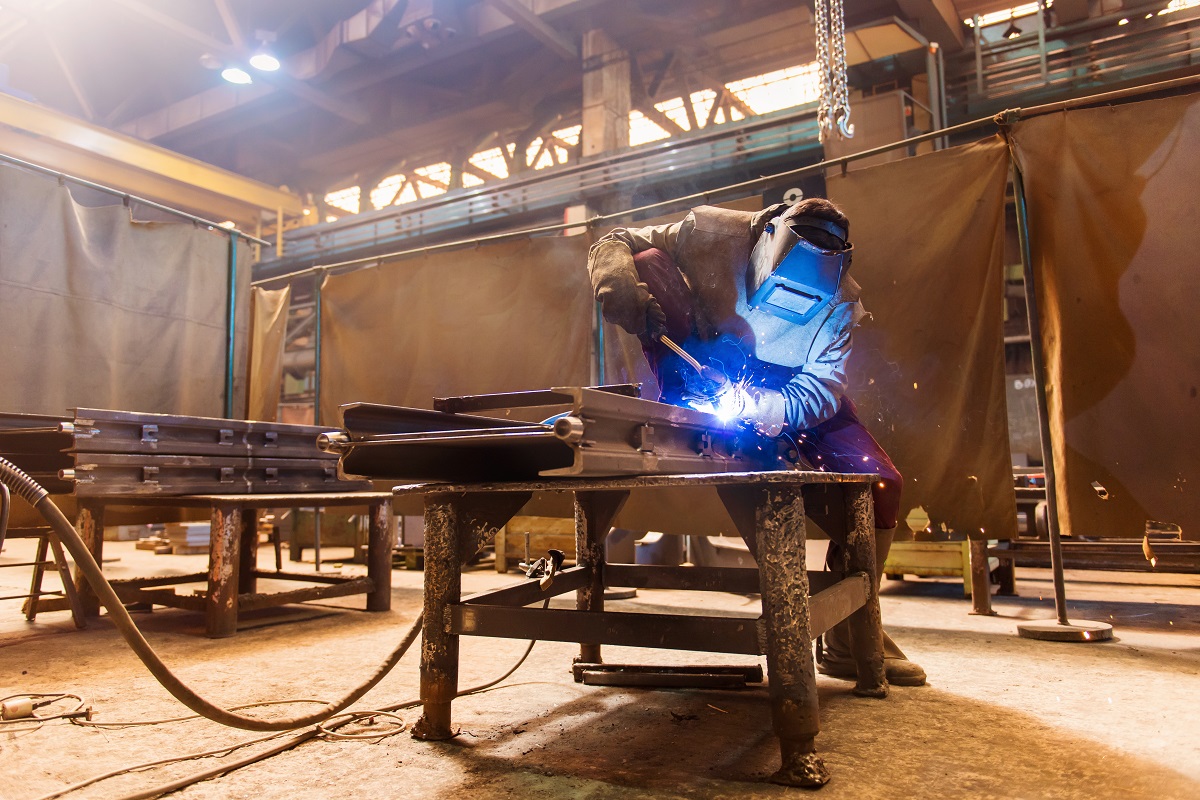5 Common Welding Symbols to Learn

What are common welding symbols to learn?
- Weld All Around
- Field Weld
- Intermittent Weld
- Fillet Welds
- Groove Welds
To make sure that the proper welding is done on a project, designers use symbols to communicate with the workmen. These symbols will be seen on any blueprint that requires welding to be done. Welders study these symbols to understand what type of welding needs to be executed for each joint.
Learning welding symbols is essential for any welding job. Here, we talk about the common welding symbols that you’ll likely encounter on most projects you’ll work on. You also have to know the difference between a weld symbol and a welding symbol:
Weld Symbol: specifies the type of weld needed
Welding Symbol: the combination of all the parts
With a better understanding of these symbols, you’ll also be a better welder and worker in general.
Parts of a Welding Symbol
A welding symbol consists of several elements that communicate the specifics of how the job should be done. Any welder should follow these instructions, so it’s important to understand what the parts are. A welding symbol has:
- A horizontal reference line
- A leader line
- An arrow
- A weld symbol
- The tail
- Supplementary symbols
- Finishing symbols
- Specifications, process, or other references
All of these elements work together to communicate to the welder how to execute the welding properly. Thanks to this system, blueprints with welding jobs already have all the necessary details. The final welding symbol would provide enough information that there would be no need for the worker and the designer to interact directly.
Common Welding Symbols
Whether it’s for construction, repair, or some other type of project, there will most likely be a need for different kinds of welds. Welders will deal with a variety of materials, angles, measurements, and methods to get the right result. Professionals should already be familiar with these symbols, but just to help you, here are some welding symbols for you to learn:
Weld All Around
The weld all around symbol is a circle at the intersection of the reference line and the leader line of the arrow. This means that the weld should envelop all around the entire joint. If you’re already working with a circular joint, the symbol might not be used because it’s no longer necessary.
Field Weld

If you see a flag at the intersection of the reference and leader line, that is the field weld symbol. It means that the weld is to be done on the field or construction site. Without a flag, the weld would be done at the shop. Older drawings use a shaded circle at the intersection to denote a field weld.
Intermittent Weld
An intermittent or skip weld is the type of weld that has unwelded parts in between. The welder will make a series of welds on a joint at certain distances. You’ll know that it’s an intermittent weld if the measurements are placed beside the fillet weld symbol.
The measurements are defined by the length and the pitch. The length is the distance of each weld segment, while the pitch is the distance between the centers of each segment. These two numbers are shown on the right of the weld symbol separated by a dash.
An intermittent weld can be placed on both sides of the joint. If they’re placed in the direct opposite of each other, it’s called a chain intermittent weld. Its symbol is a fillet weld on both sides of the reference line. A staggered intermittent weld is when the welds are offset, symbolized by fillet weld symbols on both sides of the reference line that are not aligned with each other.
Fillet Welds

Fillet welds are mainly for joints that are perpendicular, so its weld symbol looks like a right triangle. For fillet welds, the welding symbol includes the fillet weld symbol, size, length, pitch, and other supplemental symbols as needed. The size of the weld should be placed at the left side of the weld symbol and the length and pitch on the right side.
Groove Welds
A groove weld’s welding symbol mainly consists of the weld symbol, size, depth of preparation, groove angle, root opening contour, and other supplementary symbols and specifications. In cases that the joint geometry isn’t necessary, the weld symbol can be left out. You would most likely see a reference at the tail saying “CJP” which means it’s a complete joint penetration. Alternatively, the weld size can be shown in parentheses, the sole item you’ll see on the reference line.
Key Takeaway
The main form of communication between the designer and the workers on the ground is the blueprint. By being familiar with these common welding symbols, you wouldn’t have any problems understanding what the designer wants to happen based on the blueprint.
Welding jobs require good quality metals for the best results. If you need a good steel supplier in the Philippines or anywhere in Southeast Asia, then Metal Exponents has got you covered. Browse through our products here, and contact us here to inquire!


